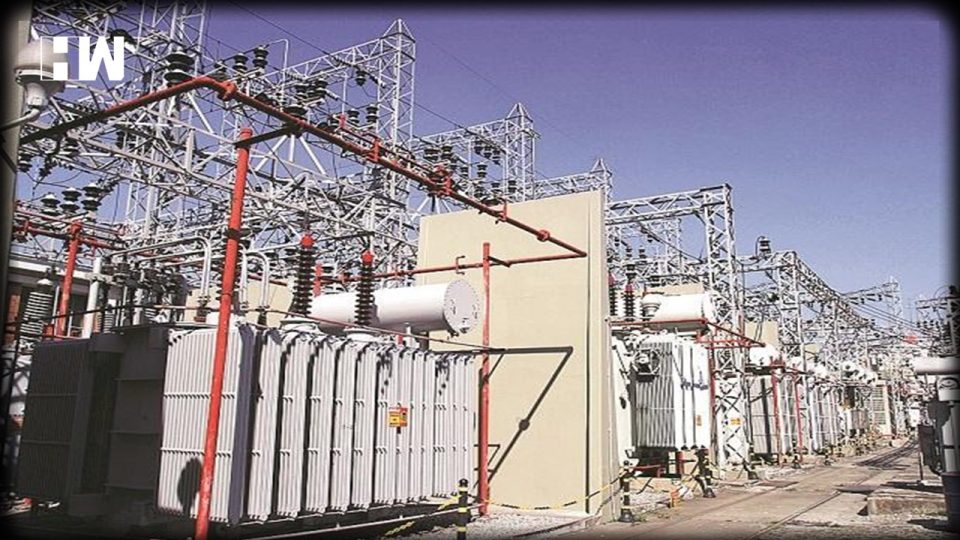The national electricity grid has a lot of work to do to maintain the power supply during and after the time of the blackout.
Mumbai| In his address to the citizens of the country on Friday Morning, PM Narendra Modi asked people to follow a blackout by turning off the lights in their houses on 5th April for 9 minutes beginning from 9 PM. He rather advised people to “stand at your doors or in your balconies, and light candles or diyas, (or shine) torches or mobile flashlights for 9 minutes”. The purpose of this, he said, was to showcase unity in the fight against the COVID-19 pandemic.
Although this sounds like an easy task for households, the national electricity grid, which curates the needs of power supply to the country, has a lot of work to do to maintain the power supply during and after the time of the blackout.
India, on a usual basis, has a baseload power demand of around 160 gigawatts (GW), or 160,000 megawatts (MW). Power System Operation Corporation Ltd (POSOCO) is the national load dispatch center and operates the national electricity grid. POSOCO predicts the daily demand for power and regulates the supply accordingly from the power generators. It is very important to maintain the grid’s stability between 48.5- 51.5 hertz. Since we do not have adequate electricity storage mechanisms, the accuracy of prediction becomes very important in order to avoid grid disruption. According to power industry experts, the 9 minutes blackout can make the demand fall by 10,000-12,000 MW. So the POSOCO will have to reduce the supply during the time of blackout and ramp it up again after 9 minutes as the baseload demand returns in full strength. If there’s any small error committed during this process, it could lead to surge in high voltage, tripping the lines causing disruption in the national grid and an extended power cut.
Talking about our experiences of handling such blackouts, the recent experience is of the Janata Curfew when the countrywide power demand fell to 135GW from the demand of 161GW on the earlier day. The difference of 26,000 MW was handled successfully in 24 Hours timeframe, a senior official in the Ministry of Power told the news portal Mint.
Although on April 5, only lights will go off and other appliances will remain functional, the extent of change in demand is expected to be smaller but concentrated throughout the 10-minute span. The historical experience is very little when it comes to predicting accuracy in such cases.
State transmission companies and POSOCO are in continuous contact after the announcement was made. Many have suggested a staggering load shedding from 8 PM and ramping up the supply by 9.09 PM.
As an independent media platform, we do not take advertisements from governments and corporate houses. It is you, our readers, who have supported us on our journey to do honest and unbiased journalism. Please contribute, so that we can continue to do the same in future.

